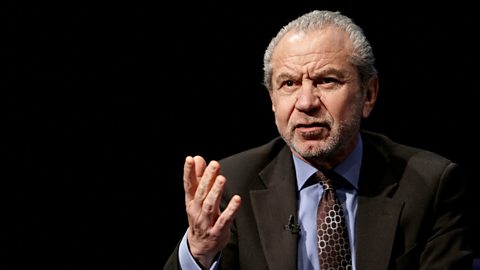Understanding business
Role of business in society
A business aims to satisfy customers’ needs and wants. Businesses operate in the private, public or third sectors of the economy and in the primary, secondary, tertiary or quaternary sectors of industry.

Types of organisations
Different types of organisation have different advantages and disadvantages. These must be considered when owners decide on which form their organisation should take.

Objectives
Businesses have different aims and objectives that can change over time.

Methods of growth
Business growth has potential benefits and drawbacks. Some owners are reluctant to take the risk of growing the business and opt to stay small. Any business growth will need to be funded.

Internal factors
Internal factors can influence the operations of a business both positively and negatively. The main internal factors are corporate culture, staffing, finance and technology.

External factors
Businesses can’t control external factors but must respond to them. These political, economic, social, technological, environmental and competitive factors are represented by the acronym PESTEC.

Stakeholders
Businesses have different types of internal and external stakeholders, with different interests and priorities. Sometimes these interests can conflict.

Structures
When hiring large numbers of staff, organisation is important. Everyone within the company needs to understand their role in the business' structure.

Decision making
Decisions are part of the manager's remit. The three main types of decisions are - strategic, tactical and operational.
